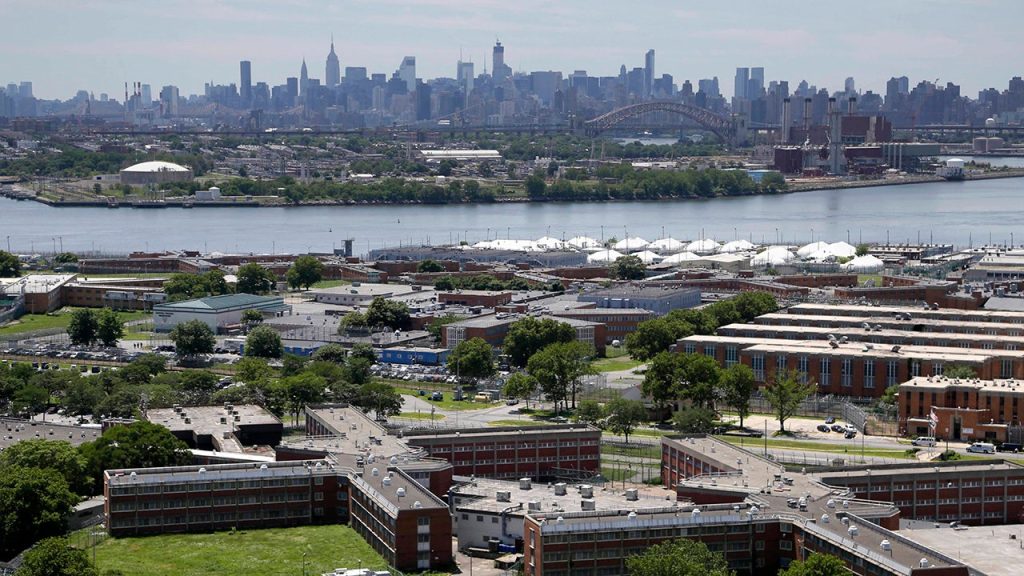A captain in the Department of Correction in New York City suffered burns and smoke inhalation when her body camera suddenly caught fire while on duty at the Rikers Island jail complex. The incident prompted the department to halt the use of body-worn cameras pending an investigation. The captain, whose name was not released, was treated for her injuries at a local hospital. Correction Commissioner Lynelle Maginley-Liddie stated that the safety of staff is paramount, and all body-worn cameras are being removed from service out of an abundance of caution.
Following the incident, officials in the Department of Correction have expressed concerns about the safety of body-worn cameras and are conducting an investigation to determine how and why the camera caught fire. This marks the first time a body camera has caught fire since the department began using them in 2015. The incident highlights the potential dangers of using this equipment. The safety of correctional staff is critical, and measures must be taken to ensure that any equipment they use is safe and reliable.
The Department of Correction’s decision to halt the use of body-worn cameras underscores the importance of prioritizing the safety and well-being of staff in correctional facilities. The incident has raised questions about the reliability and safety of the equipment used by correctional officers in their day-to-day duties. Commissioner Maginley-Liddie’s statement emphasizes the department’s commitment to investigating the incident thoroughly and taking necessary precautions to prevent similar incidents in the future.
The captain’s injuries serve as a reminder of the risks that correctional staff face while carrying out their duties in challenging and often dangerous environments. The incident at Rikers Island highlights the importance of ensuring that all equipment used by staff, including body-worn cameras, is safe and free from potential hazards. The investigation into the incident will likely focus on identifying the cause of the camera fire and implementing measures to prevent similar incidents from occurring in the future, thus safeguarding the well-being of correctional staff.
The safety of correctional staff is paramount, and incidents like the one at Rikers Island underscore the need for rigorous safety protocols and precautions in correctional facilities. Commissioner Maginley-Liddie’s decision to remove all body-worn cameras from service while the investigation is ongoing demonstrates a commitment to prioritizing staff safety. As the investigation unfolds, authorities will work to determine the cause of the camera fire and implement measures to ensure the safety and well-being of correctional staff moving forward.
In conclusion, the incident at Rikers Island serves as a stark reminder of the risks and challenges faced by correctional staff in their line of duty. The safety and well-being of staff must be a top priority, and steps must be taken to ensure that all equipment used by correctional officers is safe and reliable. The investigation into the body camera fire will shed light on the cause of the incident and help inform future safety measures to prevent similar incidents from occurring. As the Department of Correction works to address this issue, the ultimate goal is to safeguard the safety and security of all staff in correctional facilities.













